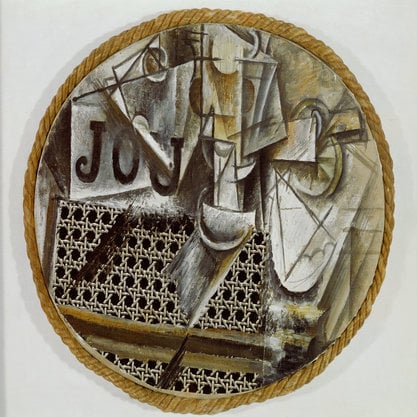Article
Dangar, Anne (1885–1951) By Peers, Juliette
Article
Anne Dangar is a singular figure in the Australian experience of modernism. Forgotten in her homeland throughout the 20th century due to her long-term residence in France, she is the only Australian who played a demonstrably productive and expansive role in Cubism. From the 1930s, her synthesis of rural French folk pottery with cubist-style surface decoration was an idiosyncratic and unexpected interpretation of modernism. It also tangibly validated the links that Albert Gleizes made between past and present, and medieval and modernist, through a practical direct articulation of his somewhat arcane and specialized derivation of Cubism. Gleizes’ vision of the cultural strength of traditional French rural life and the centrality of Catholicism within his aesthetics increasingly shaped Dangar’s art practice by offering spiritual as well as technical support. Her conversion to Catholicism, in contradiction to her conventional Protestant family, was the outcome of her view of herself as disciple to Gleizes’ holistic social and sacred mission.


